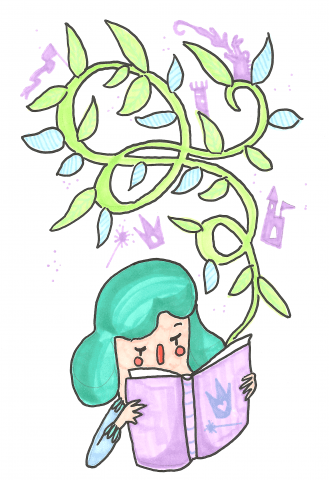After examining various “best books of 2016” lists online, I’ve compiled a collection of books that were both the most common and popular amongst the critics. Before the term gets into full swing, catch up on the highest rated books of 2016!
Swing Time by Zadie Smith
British author Zadie Smith has released her fifth novel this past November, which has gained much critical acclaim. Like many of Smith’s novels, Swing Time revolves around the themes of race, gender and class.
This novel begins in the 1980s in London, United Kingdom, and follows the friendship of two young dancers. We see their friendship grow weak as they get older, while one becomes a professional dancer and the other goes to work for a famous pop star — but both discover the rich and diverse origins of dance along the way.

The Girls by Emma Cline
Becoming a New York Times Bestseller, Cline found immense success with her first novel The Girls. Inspired by true events about Charles Manson and his “girls,” this novel tells the story of Evie Boyd, a young girl who joins a Manson-like cult in the summer of 1969.
Cline has been celebrated by critics for the poetic style she uses in discussing a young girls’ anxieties and vulnerabilities, even though the content revolves around a dark and toxic cult.
The Underground Railroad by Colson Whitehead
Winner of the National Book Award, The Underground Railroad tells the story of a slave named Cora as she makes her way to freedom by way of the Underground Railroad — while also being wanted for murder.
This novel has been praised for its new and insightful examination of slavery and early American values, while telling an engaging and powerful story.
Homegoing by Yaa Gyasi
In Gyasi’s debut novel, we follow the lives of two African half-sisters: one who is sold into slavery and taken to America in the 18th century and one who remains in Ghana, is married to a slave owner and adopts a lavish lifestyle.
The novel spans over 300 years, from 18th century Ghana to modern day Harlem, New York, following the descendants of these two women. Gyasi was praised for her ability to create unique stories for each character, while also keeping their connection and their history alive.
When Breath Becomes Air by Paul Kalanithi
Written by the late neurosurgeon Paul Kalanithi, this memoir reflects on life and death when Kalanithi was diagnosed with stage-four lung cancer at the age of 36. As he attempts to answer the questions of what makes life worth living, Kalanithi explores many topics from family to literature.
Although the obvious sad undertone, When Breath Becomes Air is said to provide an uplifting perspective on death and morality that engages and enlightens its readers.
The Vegetarian by Han Kang
The Vegetarian takes place in modern day South Korea and tells the story of Yeong-hye, who decides to become a vegetarian after experiencing nightmares filled with grotesque and bloody images.
Things begin to spiral for Yeong-hye and she delves deeper and deeper into a world of fantasy as she engages in life as a plant, stops eating altogether and feeds from the sun — which leads to devastating consequences for both herself and her family.
This novel has been praised for its exploration on the topics of obsession, choice and humanity’s attempt to understand one another.
The Lonely City: Adventures in the Art of Being Alone by Olivia Laing
Praised as humane and provocative, The Lonely City investigates what it means to be alone, the spaces between people and what can draw them together.
Laing retells her own experiences moving to New York City and also shares the stories of six other artists. Through art, Laing examines loneliness, finding that art alone can bring strangers together.
—
Bridget Morrison / Culture Editor
Graphic: Lesia Karalash / Graphics Editor